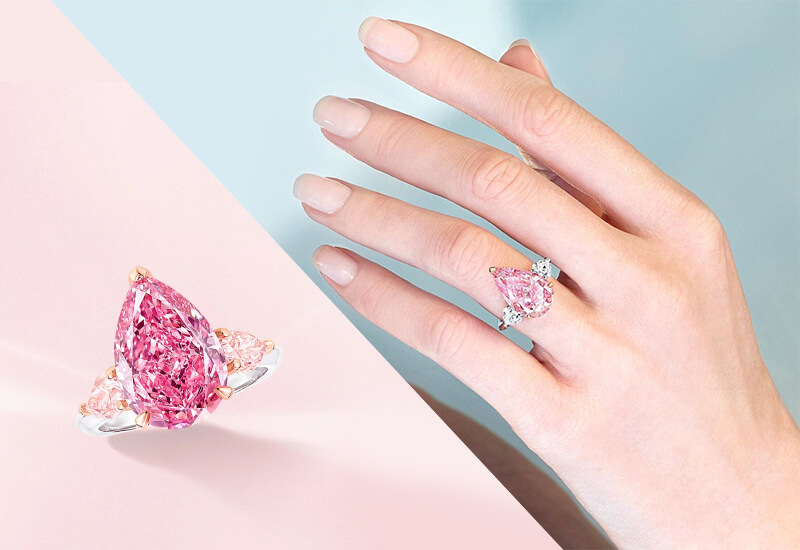
When shopping for lab-created diamonds, selecting the right certification is crucial. Two prominent gemological laboratories are the Gemological Institute of America gia vs igi and the International Gemological Institute (IGI). Understanding the differences between these certifications can significantly impact your purchasing decision. This article explores the key aspects of GIA and IGI certifications, helping you make an informed choice.
Table of Contents
What Are Lab-Created Diamonds?
Lab-created diamonds are man-made gemstones that possess the same physical, chemical, and optical properties as natural diamonds. Produced using advanced technology in controlled environments, these diamonds are crafted with fewer impurities and at a lower cost than natural diamonds. They are not only a more affordable option but also an ethical alternative to mined diamonds.
The Importance of Certification
Certification is a critical component in the diamond industry, providing an objective assessment of a diamond’s quality. It includes details on the diamond’s cut, color, clarity, and carat weight. For lab-created diamonds, certification ensures that the stone has been evaluated accurately and transparently by a reputable laboratory.
GIA Certification: An Overview
History and Reputation
The Gemological Institute of America (GIA) is renowned as one of the most prestigious gemological laboratories globally. Established in 1931, the GIA has set industry standards for diamond grading and is highly respected for its rigorous and comprehensive grading system.
Grading Criteria
GIA employs a grading system for lab-created diamonds that follows the same criteria used for natural diamonds. This includes evaluating the diamond’s cut, color, clarity, and carat weight. The cut assesses how well the diamond has been shaped and faceted. The color grade measures the presence of color, ranging from D (colorless) to Z (noticeable color). Clarity examines internal and external flaws, while carat weight indicates the size of the diamond.
Transparency and Trustworthiness
GIA is known for its strict adherence to grading standards and transparency. Its detailed reports provide a clear picture of a diamond’s characteristics, making it a trusted choice for many buyers. GIA reports are often seen as the gold standard in the industry due to their thoroughness and reliability.
IGI Certification: An Overview
History and Reputation
The International Gemological Institute (IGI) was founded in 1975 and is also a major player in diamond certification. IGI provides grading services for both natural and lab-created diamonds and has a significant presence in various international markets.
Grading Criteria
IGI uses a similar grading system to GIA for lab-created diamonds. This includes evaluating the diamond’s cut, color, clarity, and carat weight. The cut refers to the diamond’s proportions, symmetry, and polish. Color grading measures the hue and intensity of the diamond’s color. Clarity assesses the visibility of internal and external imperfections, while carat weight measures the diamond’s size.
Transparency and Trustworthiness
IGI is respected for its comprehensive grading reports, which provide clear and detailed information about the diamonds it certifies. While IGI is a reputable institute, its grading standards and methodologies may differ slightly from those of GIA, potentially leading to variations in perceived quality.
GIA vs IGI: Key Differences
Grading Standards
One significant difference between GIA and IGI is their grading standards. GIA is known for its conservative grading approach, often resulting in diamonds being graded slightly lower compared to those certified by IGI. This difference is attributed to GIA’s stringent grading criteria and evaluation processes.
Report Details
GIA reports are known for their high level of detail and comprehensive information about the diamond’s cut, color, clarity, and carat weight. They include detailed diagrams and extensive descriptions. IGI reports are also thorough but may present information in a different format.
Market Perception
GIA’s long-standing reputation and conservative grading approach have earned it a higher level of trust in the market. Many buyers and jewelers prefer GIA-certified diamonds for their perceived accuracy and reliability. While IGI is respected, it may not have the same level of market recognition as GIA.
Choosing the Right Certification
When selecting a lab-created diamond, your choice of certification can depend on various factors, including personal preferences and priorities. If you value industry recognition and conservative grading, GIA might be the better option. Conversely, if you seek detailed grading reports at a potentially lower cost, IGI could be a suitable alternative.
Conclusion
Both GIA and IGI offer reputable certification for lab created diamonds. Understanding their differences in grading standards and report details can help you make a well-informed decision. Whether you choose GIA or IGI, certification ensures that you are purchasing a high-quality diamond with a clear and transparent evaluation.








